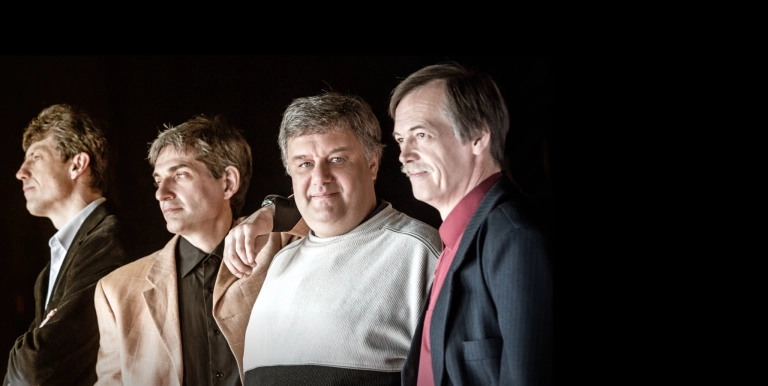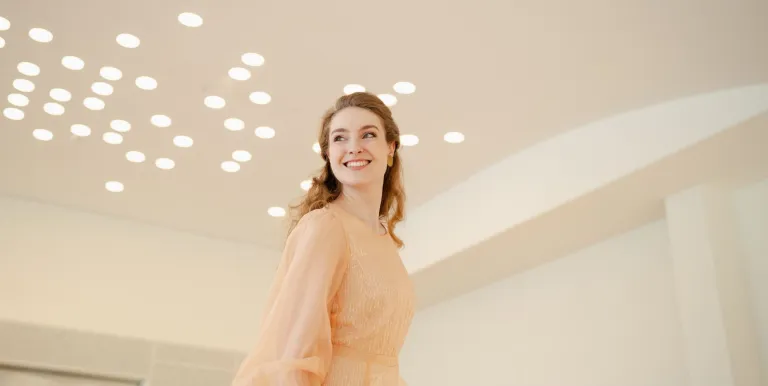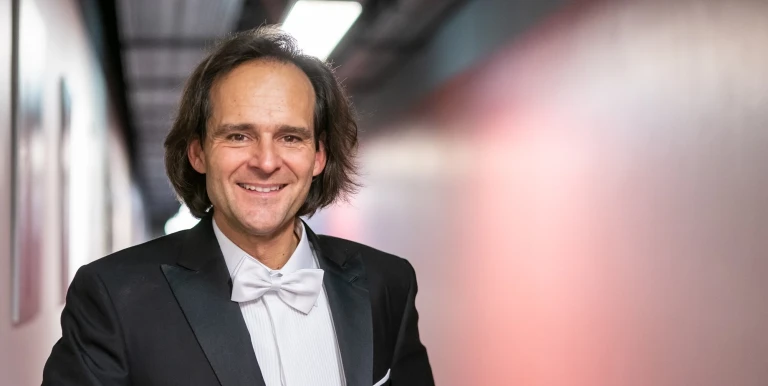Featuring:
Conductor:
Chang Chiung-Ying
Solar Myth – Hungarian premiere
Ginastera
Cantata para América Mágica, op. 27 – Hungarian premiere
Stravinsky
Les noces (The Wedding)
Antheil
Ballet mécanique (Mechanical Ballet) – Hungarian premiere
New music is inconceivable without the revolution of percussive instruments. And what gave a magically powerful pulse to prehistoric music if not the rhythm of percussion? This evening with Hungary’s Amadinda and Taiwan’s Ju Percussion Group will be the occasion for a number of Hungarian premieres, while conjuring up the Far East, pre-Columbian South America, and a Russian village wedding. All these will be preceded by a Futurist-Cubist film score.
Avant-garde artists – Dadaists, Surrealists and Futurists alike – saw a great opportunity in film, the new medium of the 20th century. Cubist painter Fernand Léger made a single foray into cinema, but his 1924 Mechanical Ballet became an essential work of experimental film. Léger joined the short cuts together in accordance with a carefully calculated rhythm. “In this film the eye habit received quite a blow,” he wrote. “My actors were a straw hat, shoes, bottles, bicycles, artificial limbs, faces, eyes, machines, lots of tricks and finally, a washerwoman. I subjected each to the same, unified process. I wove the human and the objects into a given, rhythmic basic pattern.” The like-minded music for this visual world was composed by the American George Antheil.
Written at around the same time, Igor Stravinsky’s The Wedding was no less of a daring attempt: experimenting with a particular fusion of the cantata form and ballet, it employs an orchestration surprisingly similar to Antheil’s piece, a band of pianos and percussion.
Compelling parallelisms will be the reward of those who attempt to establish links between Solar Myth, a piece with special visuals that balances on the fine line between theatre and magic, and Ginastera’s composition, The Songs of Magical America.
Presented by: Palace of Arts
-
We wish to inform you that in the event that Müpa Budapest's underground garage and outdoor car park are operating at full capacity, it is advisable to plan for increased waiting times when you arrive. In order to avoid this, we recommend that you depart for our events in time, so that you you can find the ideal parking spot quickly and smoothly and arrive for our performance in comfort. The Müpa Budapest underground garage gates will be operated by an automatic number plate recognition system. Parking is free of charge for visitors with tickets to any of our paid performances on that given day. The detailed parking policy of Müpa Budapest is available here.












